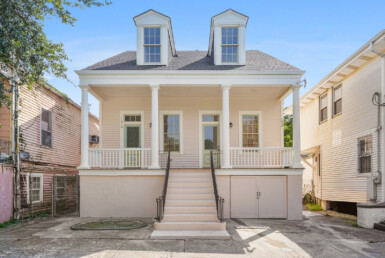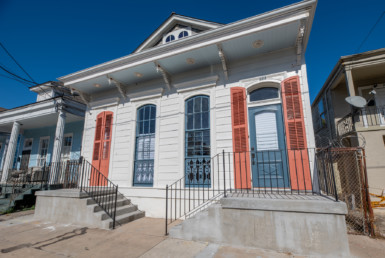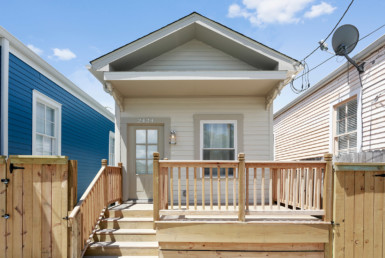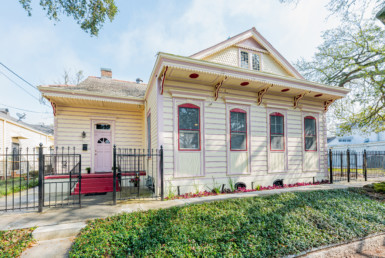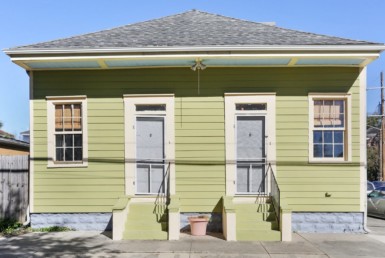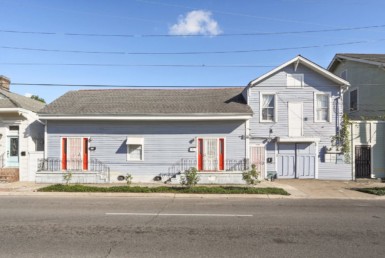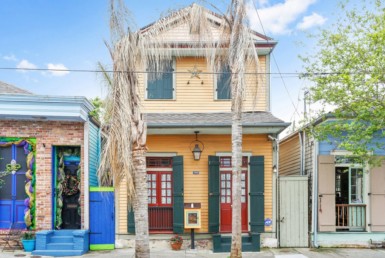Treme
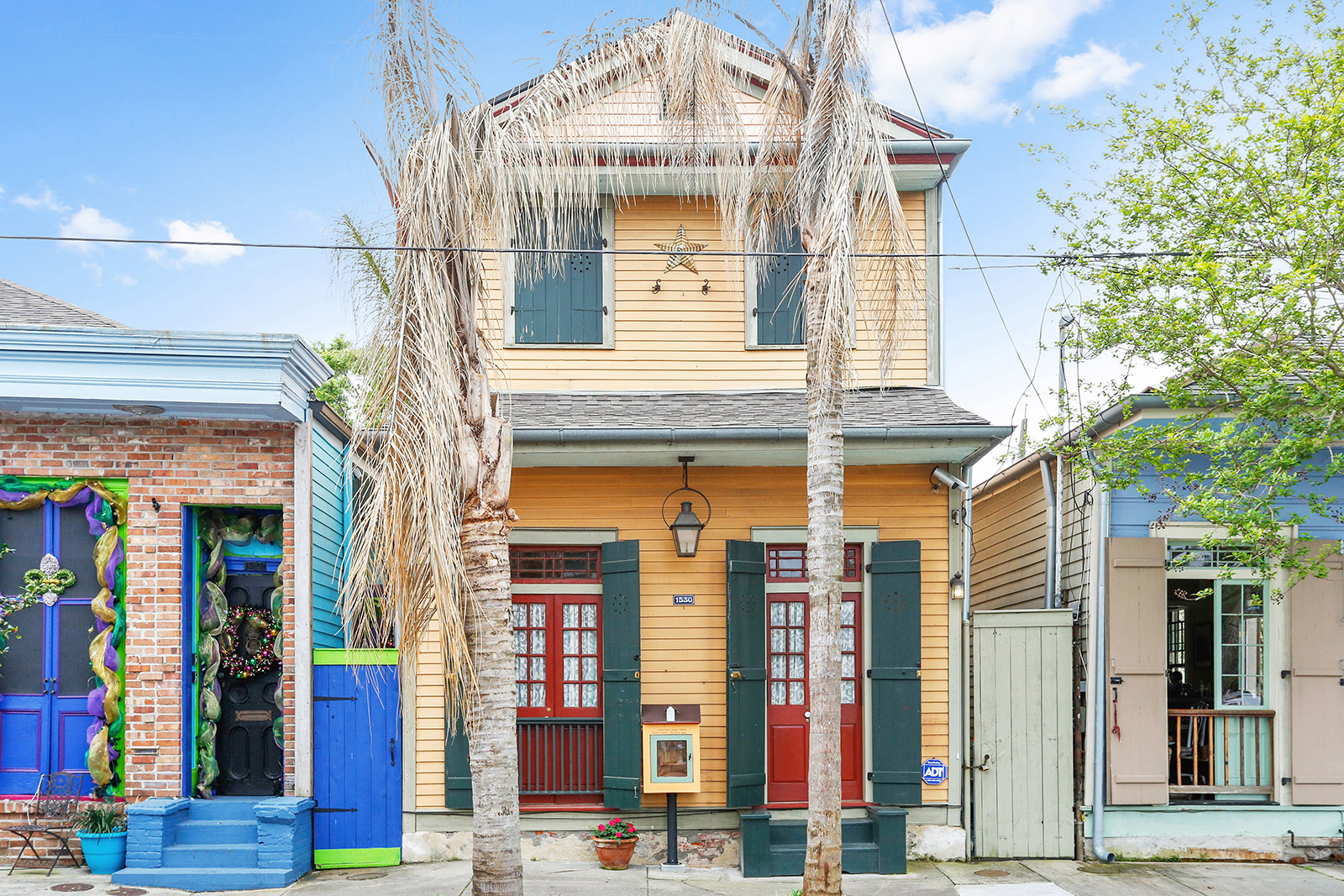
Treme retains the feel of an old Creole New Orleans neighborhood. Second line parades and jazz funerals are still common, while several neighborhood bars are gathering places for musicians. Its architectural integrity and African-American heritage has drawn new residents from all over the country. At the same time, many Tremé families proudly trace their heritage in the neighborhood back four and five generations. Many old-timers can remember the days when musicians informally jammed on neighborhood stoops or around the woodsheds in the evenings.
The National Park Service Jazz National Historic Park, scheduled to open in Armstrong Park in 2004, is encouraging more new residents and the development of visitor-oriented businesses. Tremé has been a multicultural, cosmopolitan community from its beginning. Immigrants and people of color were among the earliest residents here, and refugees from San Domingue, both black and white, who flooded into the city between 1790 and 1810, swelled their numbers. Tremé emerged as a center of African-American power in the mid-19th century when Rodolphe Desdunes, Thomy Lafon, and other free blacks who organized opposition to slavery and restrictive race laws lived here. The same figures endowed educational facilities, orphanages and religious institutions to serve people of color. Tremé was formally established as a neighborhood of New Orleans in 1810, but people had been settling along the high ridge of the Bayou Road from Lake Pontchartrain to the gates of the city long before that.
The first improvement here, in about 1721, was a brickyard established by Company of the Indies’ employee Charles de Morand, who later added a tile works, or tuilerie, on the same grant. By the 1790s, de Morand’s plantation just beyond the bayou gate was in the hands of Claude Tremé, who developed part of his land into streets and began selling lots in 1798. The city purchased the 40-acre development in 1810 and formally annexed it in 1812. The Morand-Tremé plantation house became the home of the College d’Orleans, then the main building of the Carmelite Convent. Its demolition in 1927 marks the loss of one of New Orleans’ most important historic buildings.
Courtesy of the Preservation Resource Center of New Orleans.


